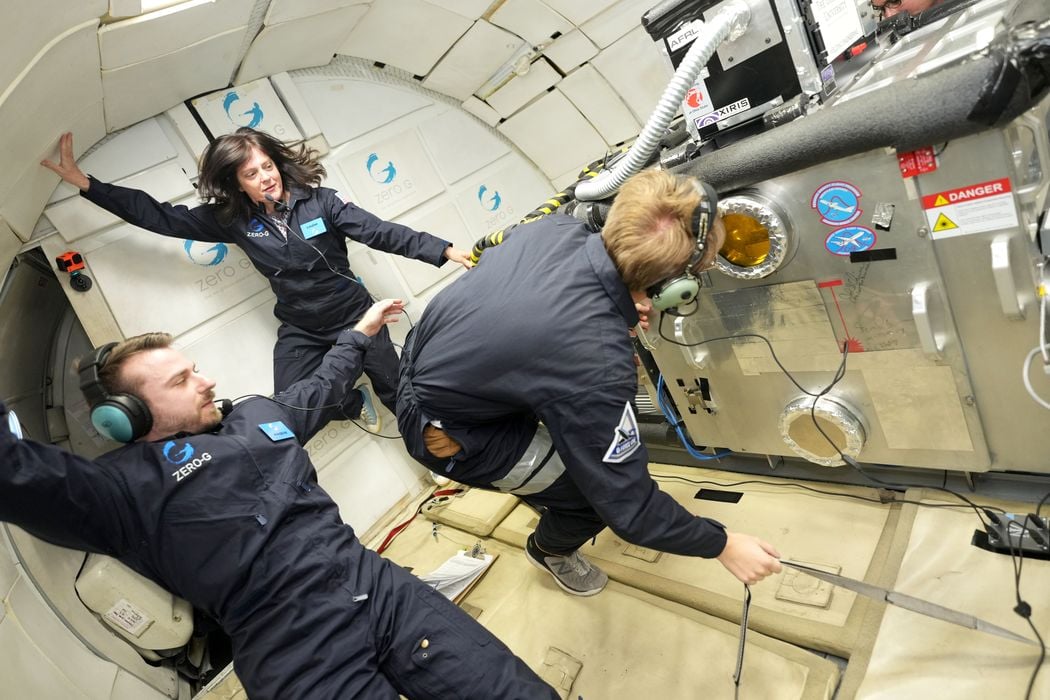
NASA is launching a new scientific research project that may impact future 3D printing.
The project is to investigate the issues around welding metal in the space environment. They explain:
“The multi-year effort seeks to understand the physical processes of welding on the lunar surface, such as investigating the effects of laser beam welding in a combined vacuum and reduced gravity environment. The goal is to increase the capabilities of manufacturing in space to potentially assemble large structures or make repairs on the Moon, which will inform humanity’s next giant leap of sending astronauts to Mars and beyond.”
This makes sense; one would think this would be a very valuable capability to have, once bases are set up in space locations.
However, there’s something else here: if they figure out how to properly perform laser welding in space, how long would it be before that technology could be adapted for metal 3D printing in space?
I don’t think it would take very long at all. Laser welding was a thing on Earth, but then that technology was adapted to become various forms of robotic metal 3D printing. While there are different toolheads and processes involved, it all comes from the laser welding concept.
What will NASA specifically figure out? They write:
“To turn the effort into reality, researchers are gathering data on welding under simulated space conditions, such as temperature and heat transfer in a vacuum; the size and shape of the molten area under a laser beam; how the weld cross-section looks after it solidifies; and how mechanical properties change for welds performed in environmental conditions mimicking the lunar surface.”
Those are all things you’d definitely want to know if you happened to be building a space-based robotic metal 3D printer.
It turns out NASA has already started the project and has begun by performing laser welding using their “vomit comet” aircraft that simulates a weightless environment for brief periods. They’ve “successfully completed 69 of 70 welds in microgravity” using this approach.
But that’s just the start. Once they’ve established a base technique, then they can begin to take it into the space environment and perform more experiments.
I’m pretty sure there will be several 3D print companies and entrepreneurs watching this investigation.
Via NASA
